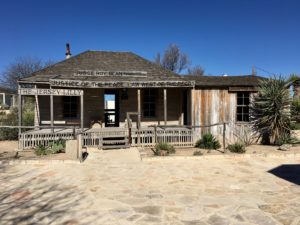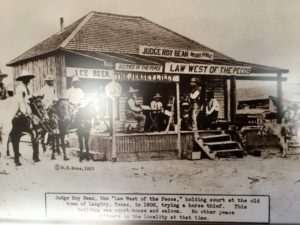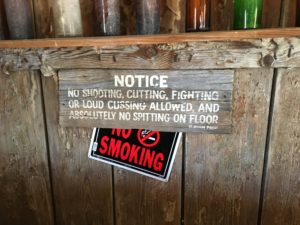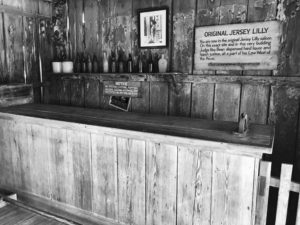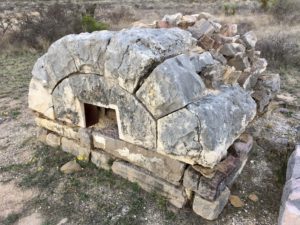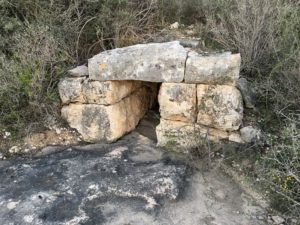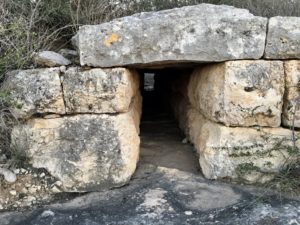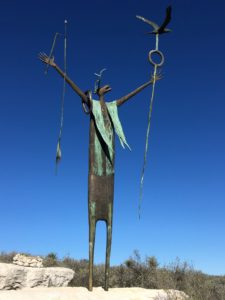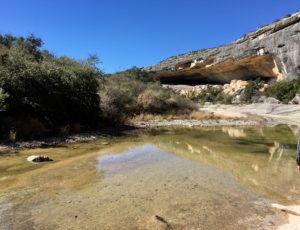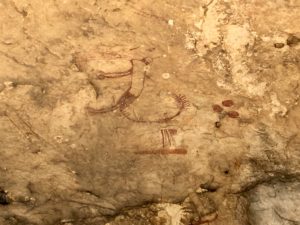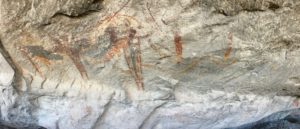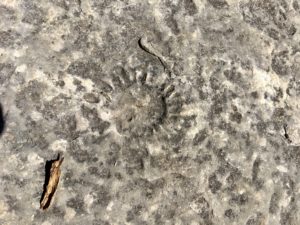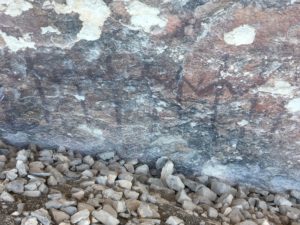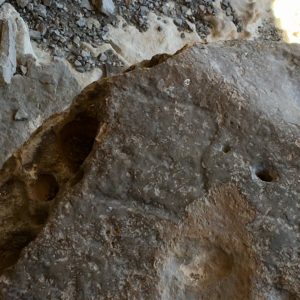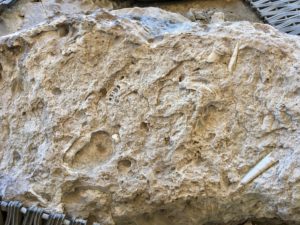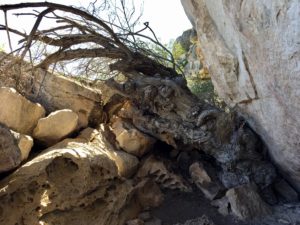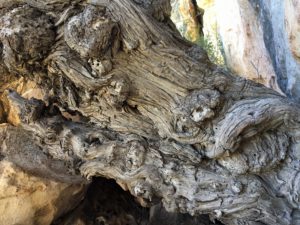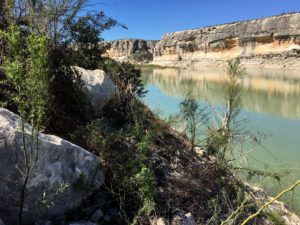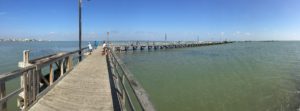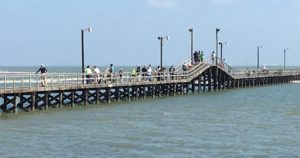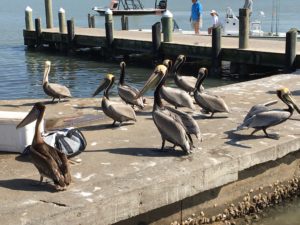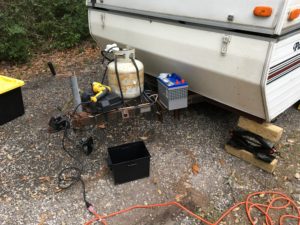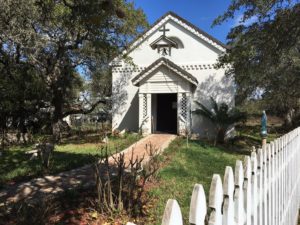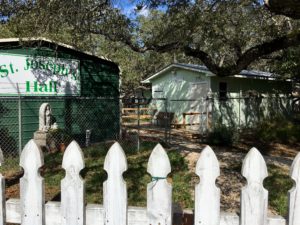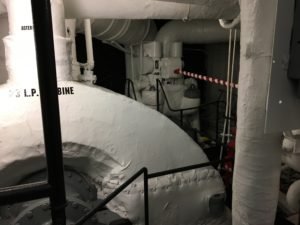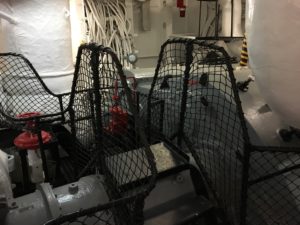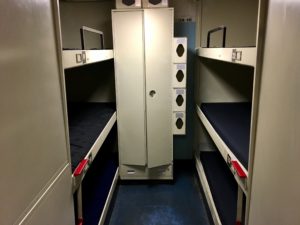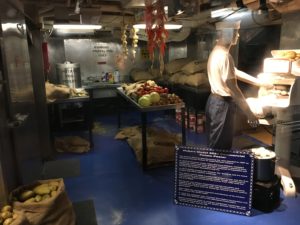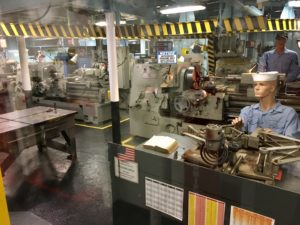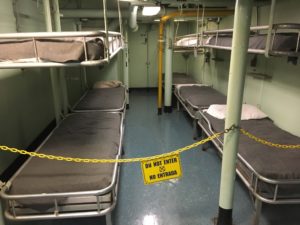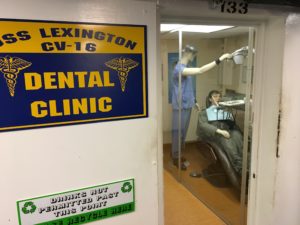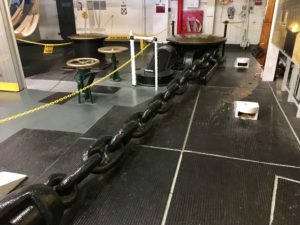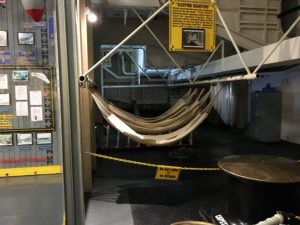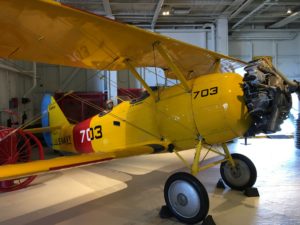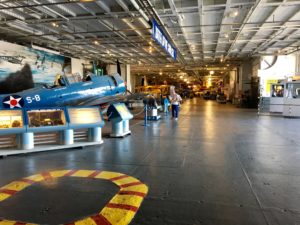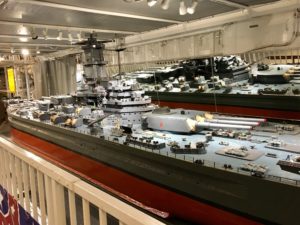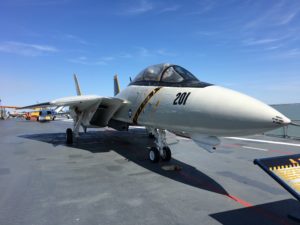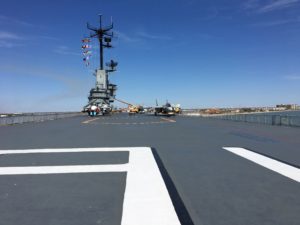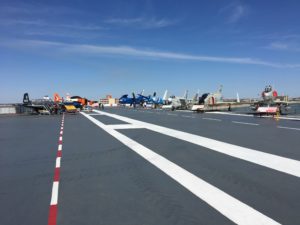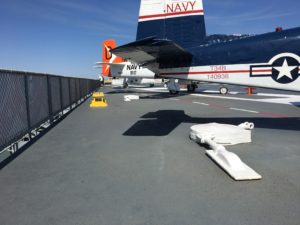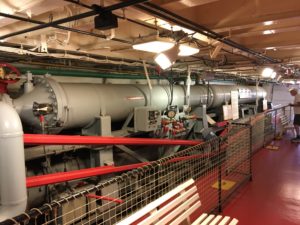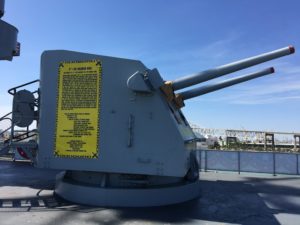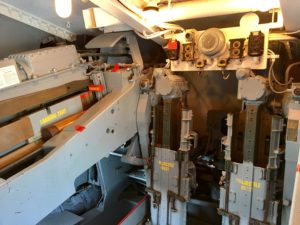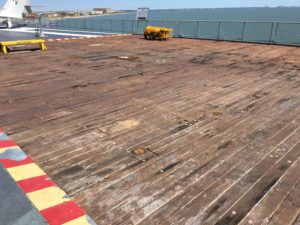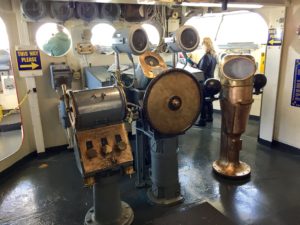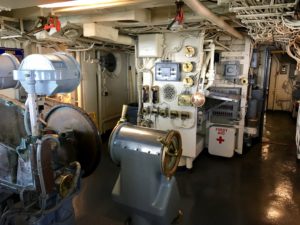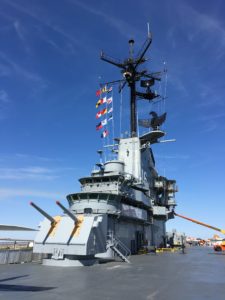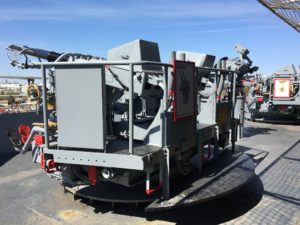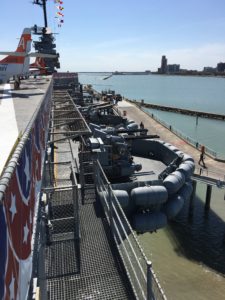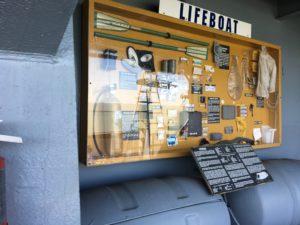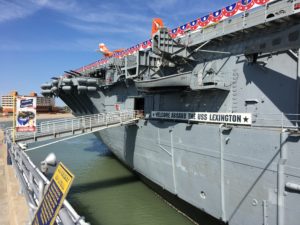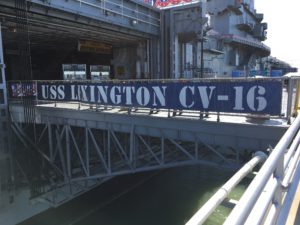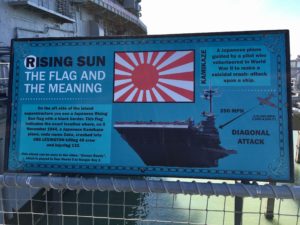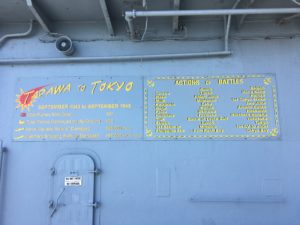To all my friends who are in MN; Because you have had a pretty good run of weather recently, I feel ok in saying, IT’S HOT DOWN HERE! I love the gulf coast all the way from the FL panhandle down to Corpus Christi and Padre Island. But it’s nice to get into some drier air over here on the other side of south Texas. You guys who have camped in the humidity know what I’m talking about.
I wish you all could see the sunrise I have out my window right now. God’s world and a good cup of coffee. Man o man!
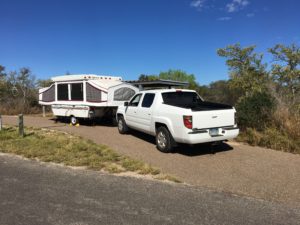
Falcon State Park has better hiking than riding so I’ve spent my time doing that and exploring the area by truck. Bird watchers are plentiful here and the park has a wonderful butterfly garden. I don’t know all of the botanical ins and outs but I’m guessing specific trees and plants are what attract them.
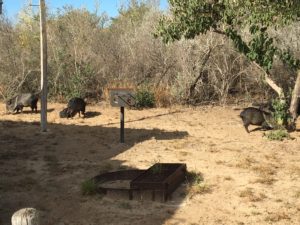
Here’s some morning visitors. Javelinas are mostly vegetarian and typically not at all aggressive. As opposed to wild ferel hogs which are in a constant state of grump. I’m told there are a lot of bobcats in the park. I’ve spoken to a couple of people who have spotted one, and I’ve seen the signs, but haven’t had the luck myself.

In a market I bought some of the locally made chorizo and had it with some eggs. A real colon cleanser. He didn’t just write that, did he? And this was desert.
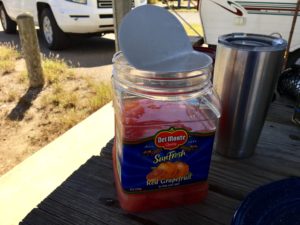
All my friends in Lakeville at Applied Power will recognize my Yeti cup which is now a constant companion. Thanks again!

While sitting having breakfast I had a moment of appreciation. I’ve had this little backpacking stove for what seems like most of my life. It has served me well.
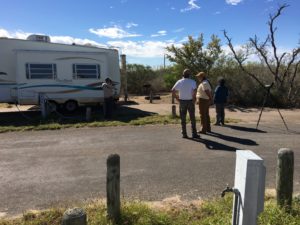
I mentioned birders earlier. I’ve learned that bird is also a verb, as in do you bird? And people who bird have all the “stuff”. 🙂 The couple that was camped across from me, from Wausau, had turned their campsite into a little sanctuary which was quite the popular spot. It afforded me lots of visiting. In the morning their campsite would be full of cardinals and other birds.
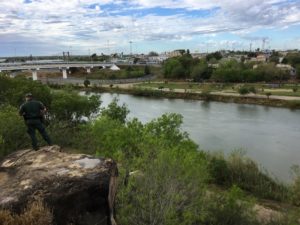
Roma is an interesting place. I think it’s a pretty typical little border town. This photo is looking across the Rio Grande at Ciudad Miguel Aleman. That’s an International Bridge in the top left, and yes, that is a Border Patrol Officer standing there. And right behind me when I took that photo was a Roma silent story.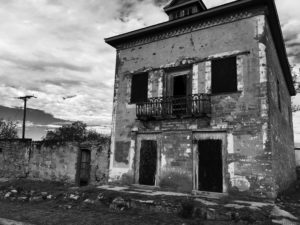
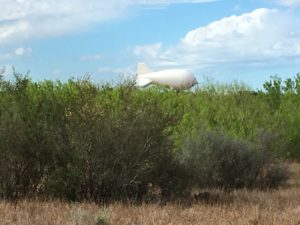 Kite Cam. When weather permits these camera balloons are floated aloft about six to eight hundred feet. If you ask a Border Patrol Officer about them they are understandably tight lipped about their capabilities. You can’t get near any of the stations. The area between the highway and the Rio Grande is strictly border patrol territory unless it’s private property. And even then they have the authority to go where they feel they need to.
Kite Cam. When weather permits these camera balloons are floated aloft about six to eight hundred feet. If you ask a Border Patrol Officer about them they are understandably tight lipped about their capabilities. You can’t get near any of the stations. The area between the highway and the Rio Grande is strictly border patrol territory unless it’s private property. And even then they have the authority to go where they feel they need to.
I’m working my way up the Rio Grande Valley, gradually moving west with an eye on being in Alpine this weekend for the Texas Cowboy Poetry Gathering. 🙂
I am well and hope you all are too.
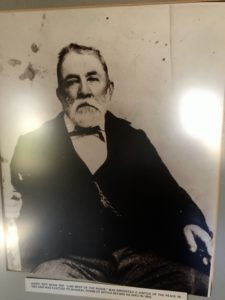 Judge Roy Bean, here’s the old coot himself. As you can see, he doesn’t look much like Paul Newman, a nod to one of Paul’s movies of many years ago.
Judge Roy Bean, here’s the old coot himself. As you can see, he doesn’t look much like Paul Newman, a nod to one of Paul’s movies of many years ago.